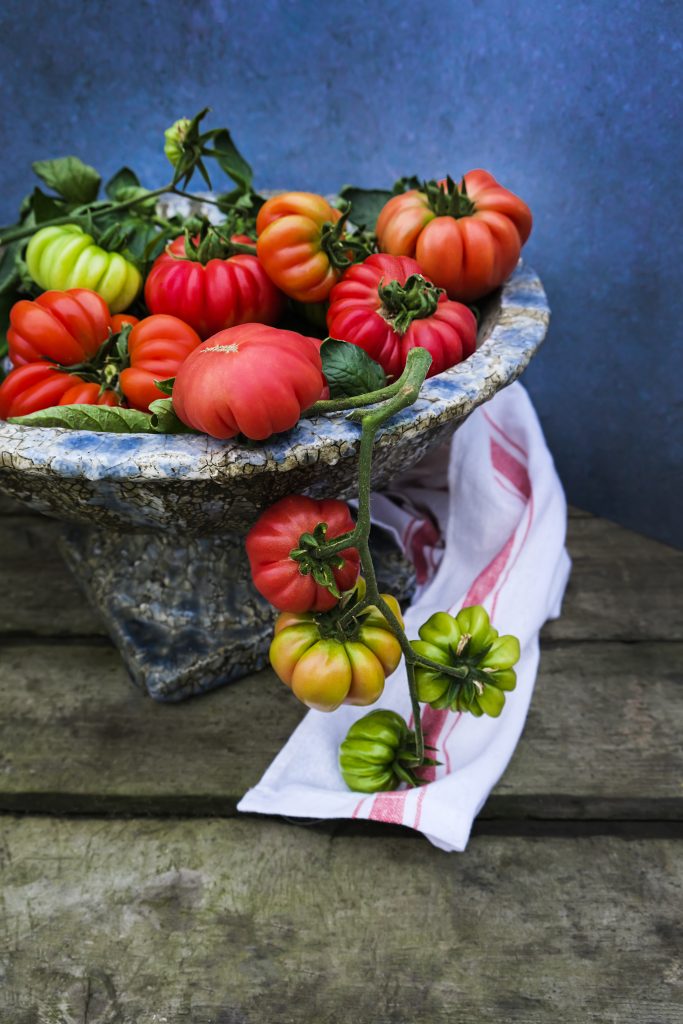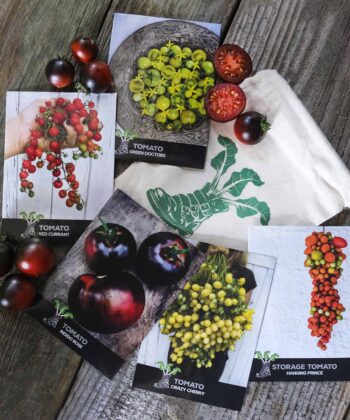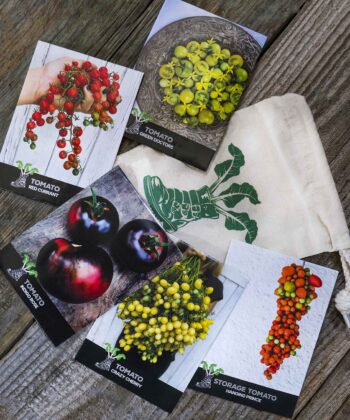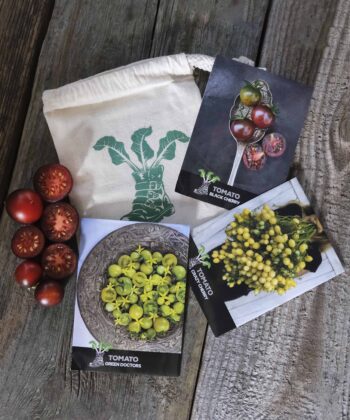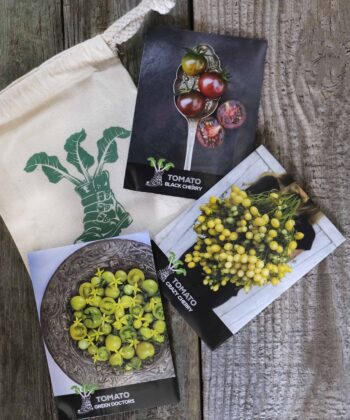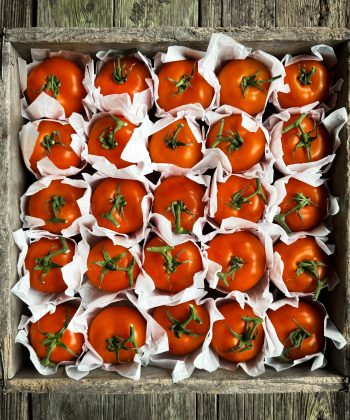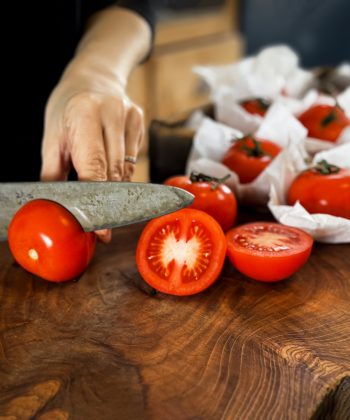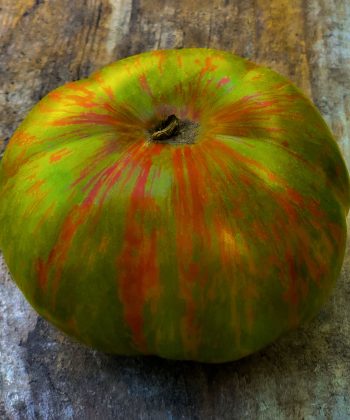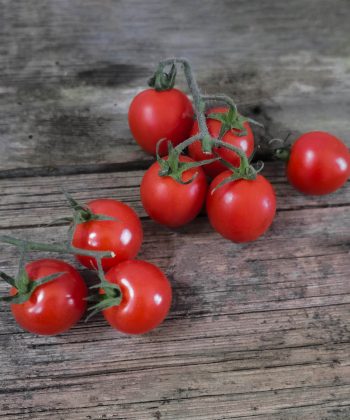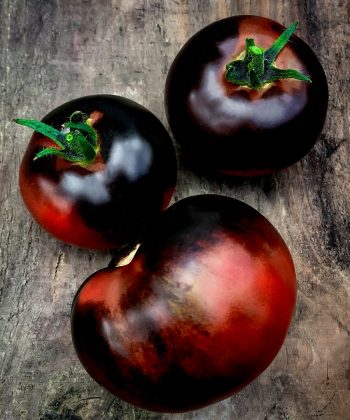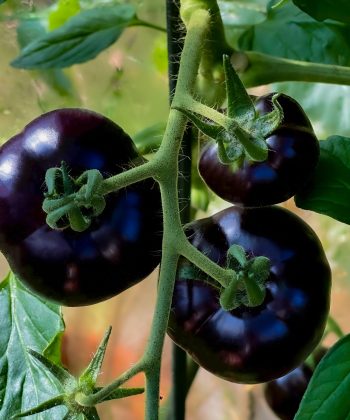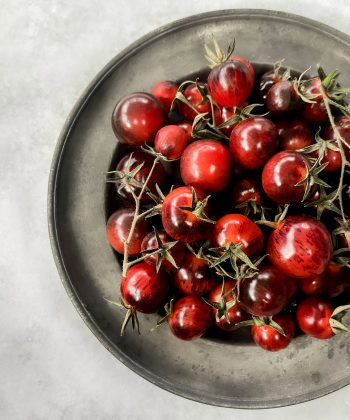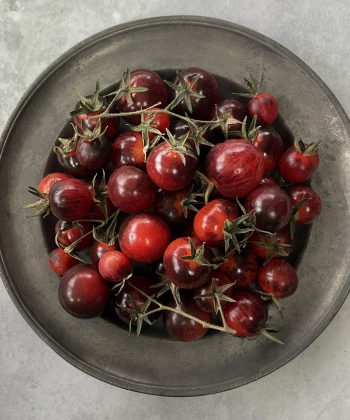Growing Advice
How to Prune Tomato Plants
Tomatoes are a favourite in gardens worldwide, cherished for their versatility and flavour. To ensure your tomato plants thrive and produce bountiful, juicy fruit, proper pruning is essential. Where the tomato is concerned, tough love works! This guide will walk you through the why, when, and how of tomato pruning, ensuring you get the best out of your plants.
Jump to a topic:
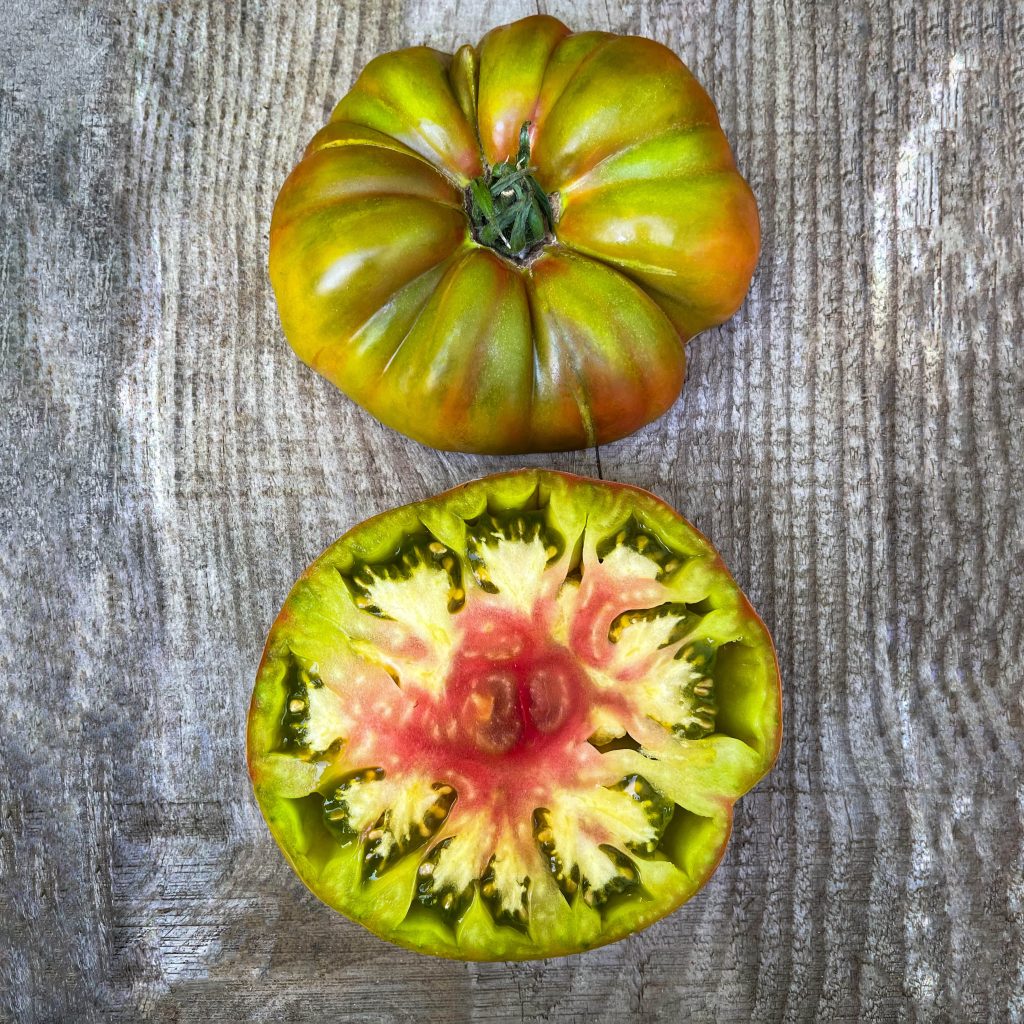
Why Prune Tomato Plants
Pruning tomato plants is vital for several reasons:
- Increased Airflow: Proper pruning reduces the risk of fungal diseases by allowing better air circulation around the plant.
- Enhanced Sunlight Exposure: Pruning helps all parts of the plant get enough sunlight, which is crucial for photosynthesis and fruit development.
- Better Fruit Quality: By focusing the plant’s energy on fewer fruits, you can ensure larger, juicier tomatoes.
- Easier Maintenance: Pruned plants are easier to manage, water, and harvest.
When to Prune Tomato Plants
The timing of pruning is crucial. Start when the plants are young and continue throughout the growing season. Here’s a general timeline:
- Early Season: Begin pruning when the plant is about 30cm tall removing around the bottom 30% of foliage and any early side shoots.
- Mid-Season: Continue to monitor and prune regularly. Removed bottom 50% of foliage leaving all fruit and flower trusses in place. Also thin foliage around fruit trusses further up to allow sun ripening. Continue to remove all side shoots.
- Late Season: As the season winds down, remove the bottom 75% of foliage to allow the plant to focus on ripening existing fruits. Continue to remove any final attempts at side shoots.
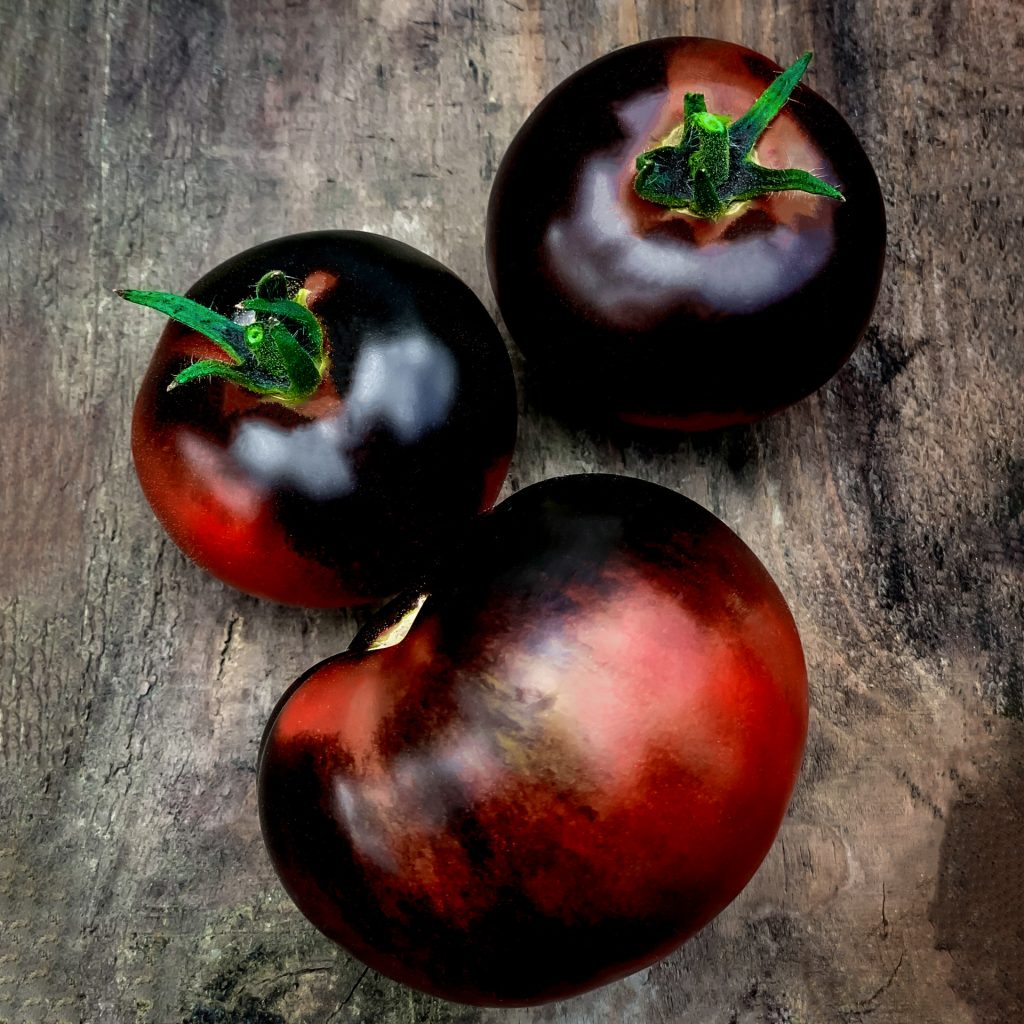
How to Prune Tomato Plants
Identify the Type of Tomato Plant
There are two main types of tomato plants: determinate and indeterminate. Determinate or bush tomato plants grow to a fixed size and set fruit all at once, while indeterminate plants continue to grow and produce fruit throughout the season.
- Determinate: Minimal pruning is required. Focus on removing side shoots below the first flower cluster.
- Indeterminate: Regular pruning is essential to manage growth and fruit production.
Gather Your Tools
You’ll need:
- Pruning shears or scissors
- Gloves (optional, but recommended if you are not a fan of having you fingers stained very green)
Start with the Side Shoots
Side shoots are the small shoots that grow in the leaf axils (the space between the main stem and the leaf stem). They will also sometimes develop at the end of a fruit truss or even sometimes out of the leaf itself. Here’s how to handle them:
- Locate the suckers in the leaf axils.
- For small suckers, pinch them off with your fingers.
- For larger suckers, use pruning shears to cut them off cleanly.
- Note that side shoots can be placed in water and will root quickly to form new plants that are clones of the original plant.
Remove the Lower Leaves
Lower leaves, especially those touching the soil, are prone to disease. Prune these to improve airflow and reduce disease risk. This may seem brutal or like you are damaging the plant but tomatoes are very good at growing foliage and will produce much more than necessary given the chase, limiting fruit production. Too much foliage also creates a pocket of high humidity around the plant providing an idea breeding ground for all most common tomato diseases.
- Early Season: Remove the bottom 30% of foliage
- Mid-Season: Removed bottom 50% of foliage. Also thin foliage around fruit trusses.
- Late Season: Remove the bottom 75% of foliage.
Thin the Canopy
For indeterminate plants, thin the foliage to allow sunlight to penetrate and air to circulate:
- Remove any dense clusters of leaves.
- Cut off any branches that block light to the fruit.
Topping the Plant
Towards the end of the season, topping (removing the growing tip of the plant) can be beneficial especially if you are growing indoors with a limited ceiling height:
- Cut off the top of the plant to stop upward growth.
- This encourages the plant to focus on ripening existing fruits rather than producing new flowers and fruit.
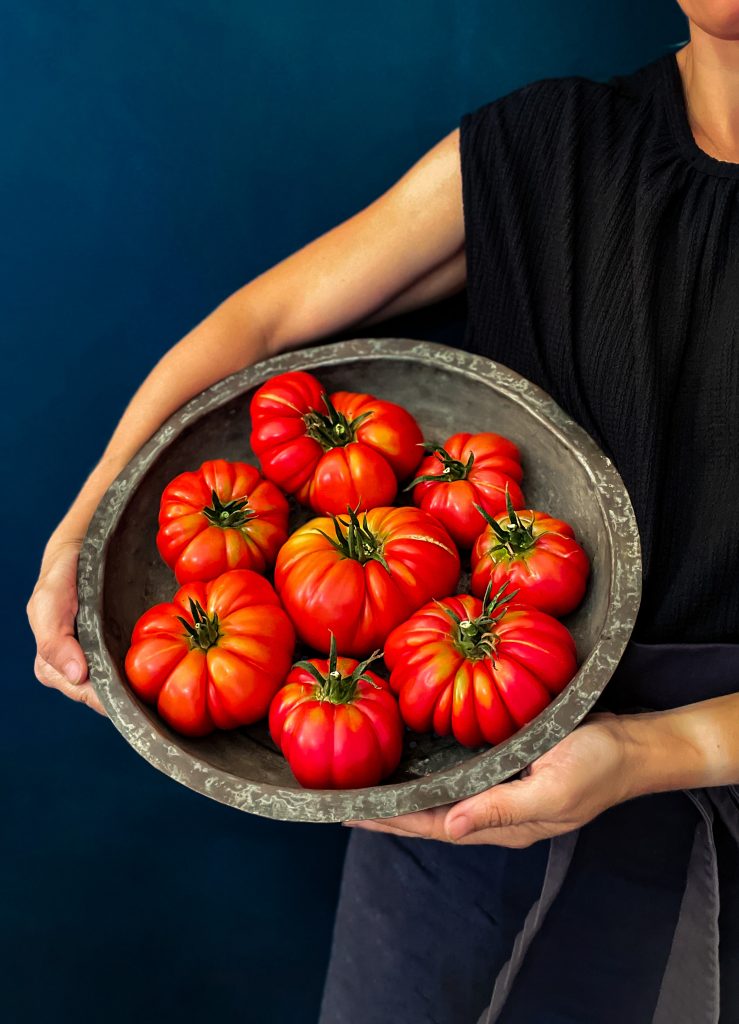
Pruning Tips and Tricks
- Consistency is Key: You would be surprised how much growth a tomato plant can put on in just a few days, weekly maintenance can prevent things from getting out of control.
- Disinfect Your Tools: Clean your pruning shears between prunings to prevent the spread of disease.
Observe and Adjust: Every plant is unique and different varieties present with different growth habits. Observe how your plants respond and adjust your pruning technique accordingly.
Pruning tomatoes is an art that, when mastered, can lead to healthier plants and a more abundant harvest. It may seem complex but don’t be nervous, the tomato is a fabulously resilient plant and can bounce back from most things. By understanding the why, when, and how of tomato pruning, you can ensure your garden thrives and produces the best tomatoes possible. Happy gardening!


